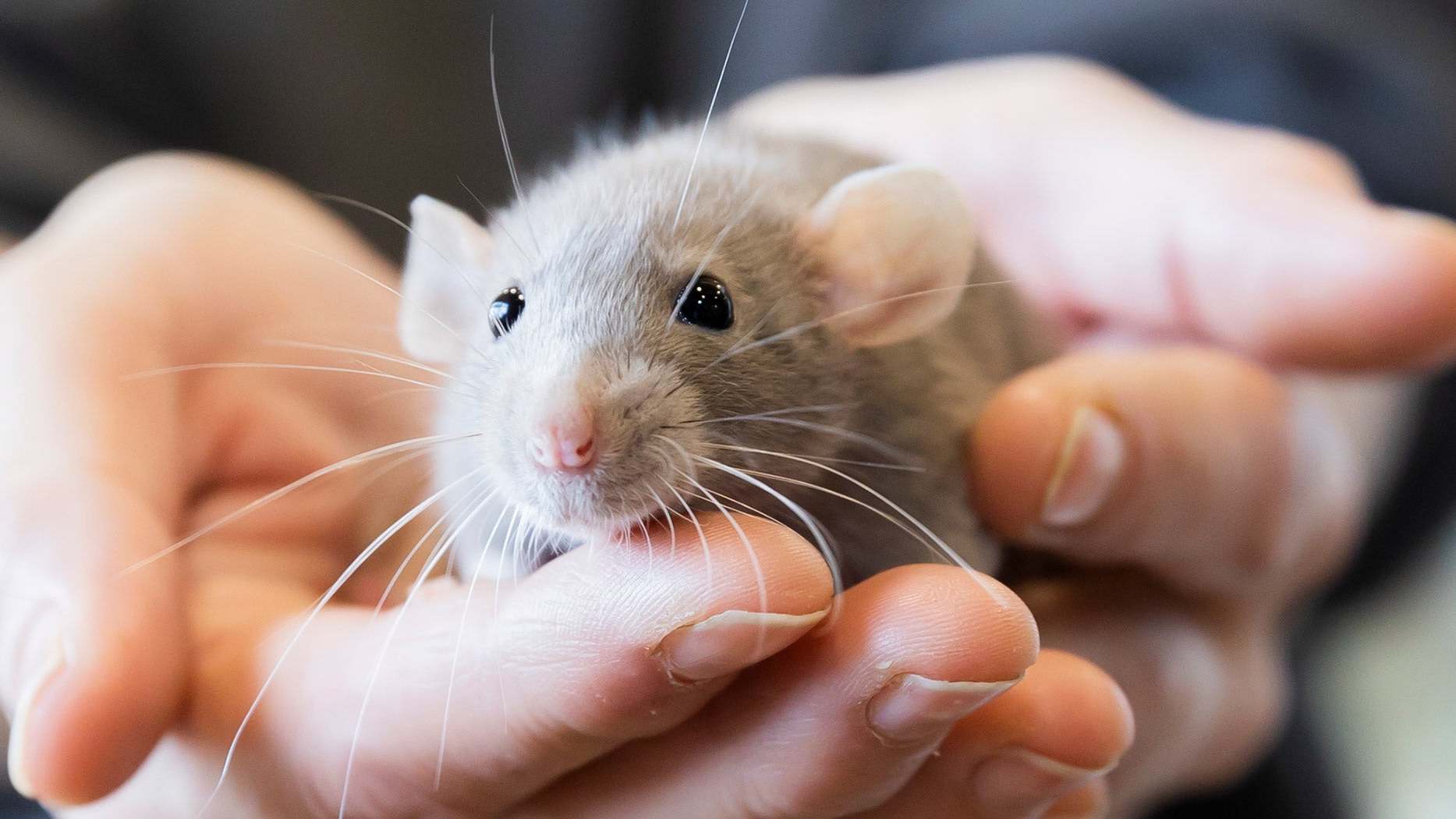
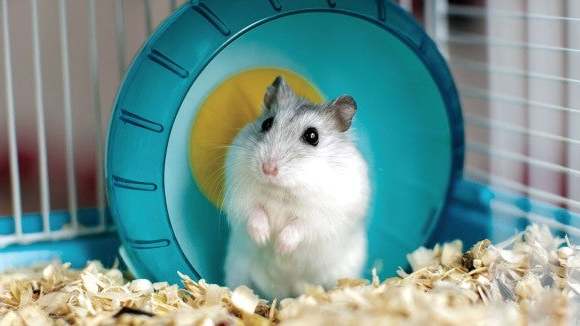
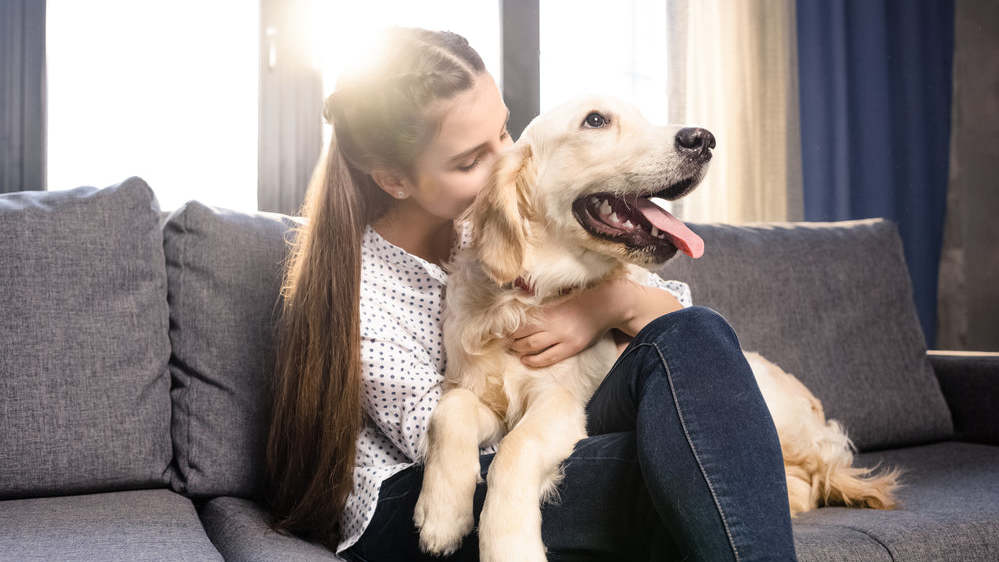

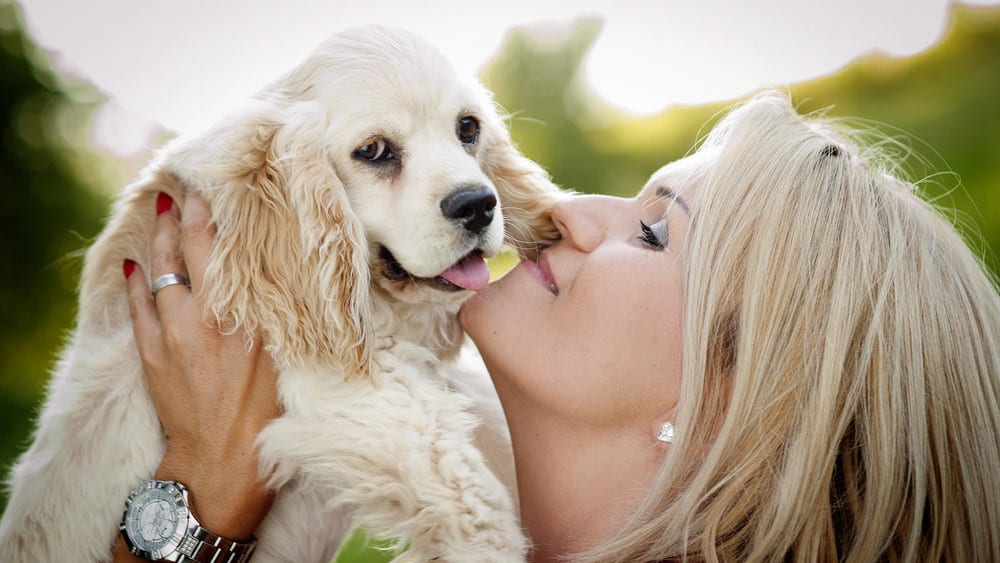
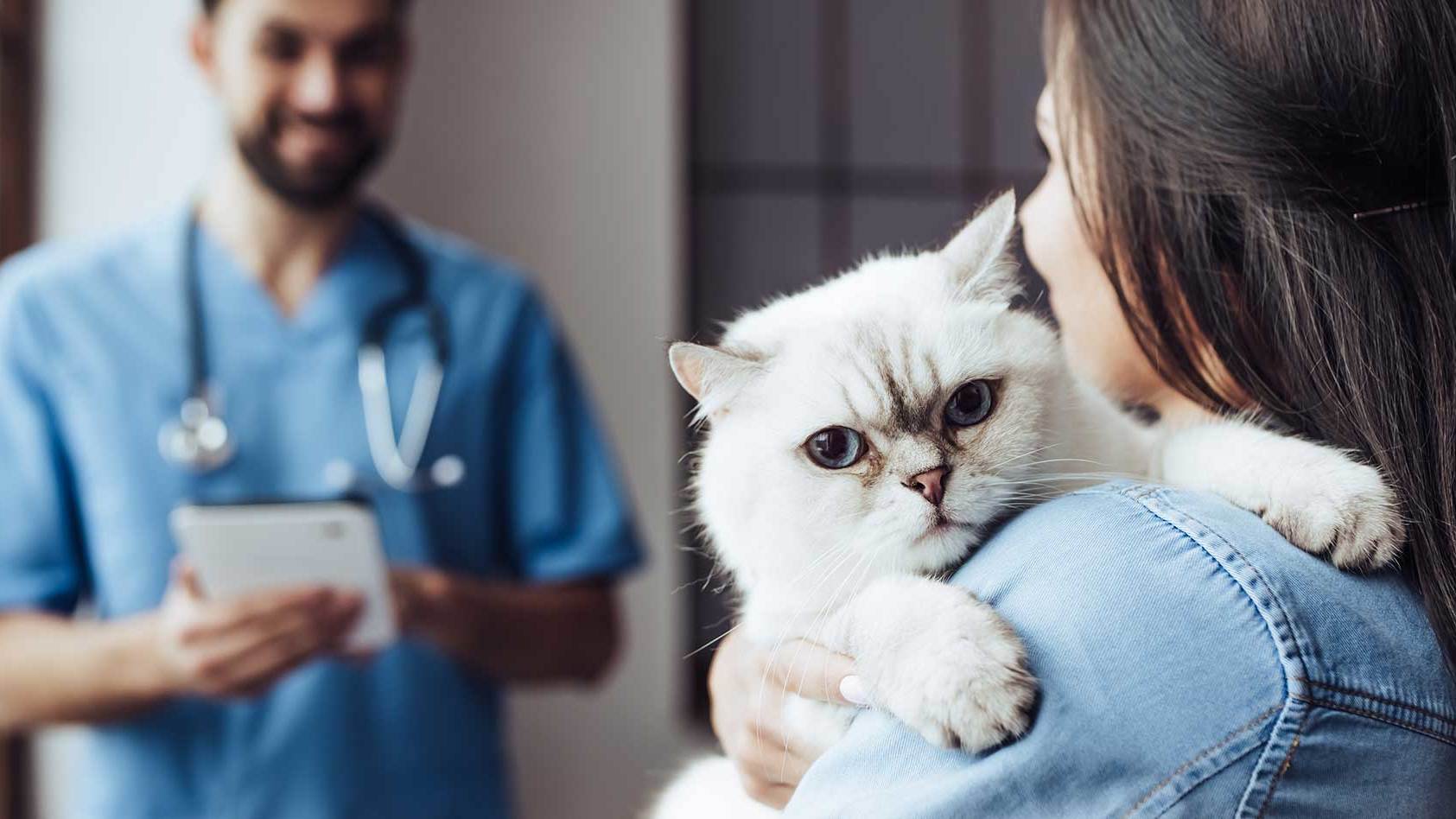

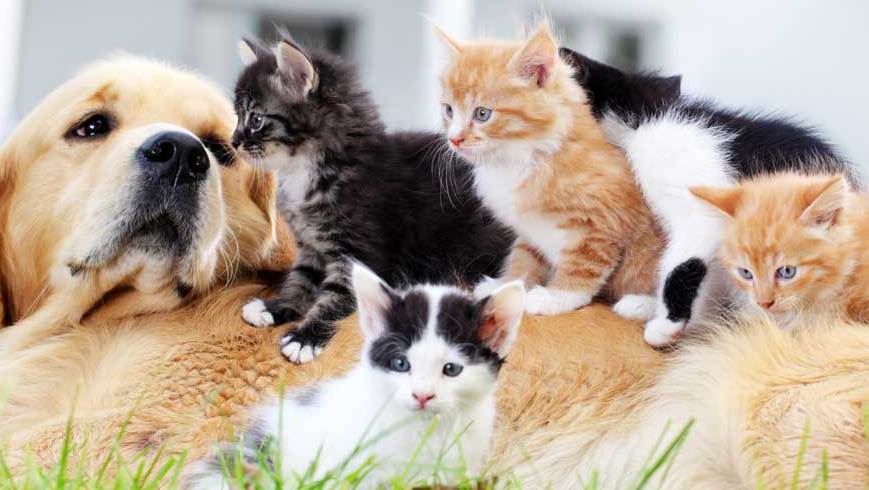

Submit your email address to fetch your quiz results! 🐾
Traits: You believe in structure and routine. You’re highly conscientious and want to give your pet the best care possible. However, sometimes your desire for perfection may make you feel frustrated when things don’t go according to plan.
Pet Communication Style: You’re excellent at creating a stable, organized environment for your pet, but your pet may benefit from a more relaxed approach to communication.
Tip: Animal communication can help you ease your need for perfection and focus on intuitive, relaxed connections.

Traits: You’re incredibly caring and devoted, always looking out for your pet’s well-being. You thrive on making sure your pet feels loved and taken care of, but you might sometimes forget to prioritize your own needs.
Pet Communication Style: Your pet appreciates your nurturing energy, but sometimes they may want space. Learning to balance care with boundaries is key.
Tip: Animal communication can help you recognize when your pet needs space versus affection, fostering mutual respect.

Traits: You’re proactive and goal-oriented in your pet care approach. You want your pet to thrive and are always looking for ways to improve their happiness. However, you might push for results or progress too quickly.
Pet Communication Style: You’re enthusiastic about finding solutions, but your pet may need a slower pace or more emotional understanding.
Tip: Animal communication can help you and your pet identify their emotional needs and guide you toward gentle, non-outcome-focused interactions.

Traits: You’re deeply in tune with your pet’s emotional world and value the unique bond you share. You’re sensitive to your pet’s needs, sometimes feeling like you’re the only one who truly “gets” them. However, this depth can sometimes lead to over-identifying with your pet’s emotions.
Pet Communication Style: You connect on an emotional level, but may benefit from distinguishing your feelings from your pet’s to avoid emotional overwhelm.
Tip: Animal communication can help you develop healthy emotional boundaries and better understand your pet’s true needs.
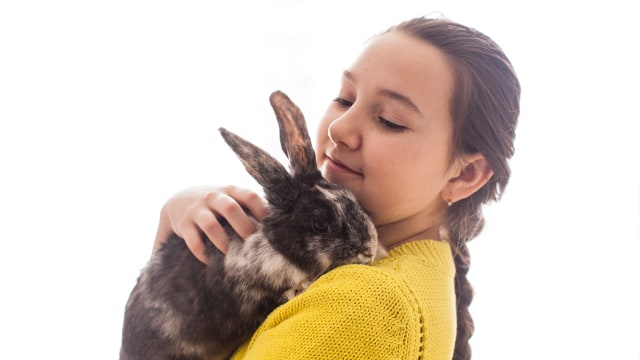
Traits: You approach pet care with curiosity and a desire to understand everything about your pet. You prefer to observe rather than intervene right away. Sometimes, this analytical approach can distance you from your pet’s emotional world.
Pet Communication Style: Your thoughtful, observant style helps you notice patterns, but your pet may need more emotional engagement than analysis.
Tip: Animal communication can bridge the gap between observation and emotional connection, giving you a fuller picture of your pet’s inner world.
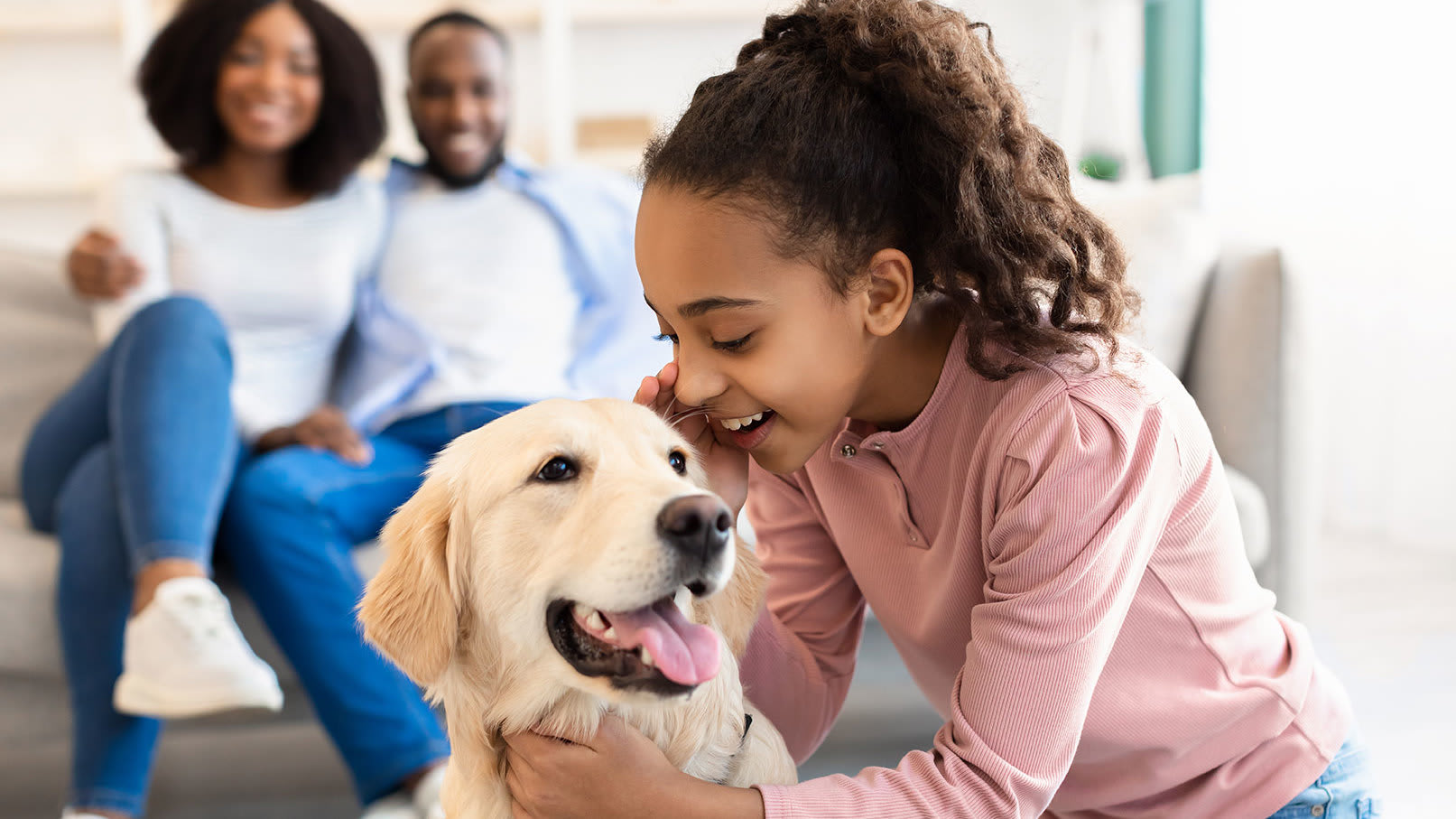
Traits: You’re highly committed to your pet, prioritizing their safety and well-being. You often worry about what could go wrong and prepare accordingly, but this can sometimes make you overly protective or anxious about their welfare.
Pet Communication Style: Your pet feels secure with you, but may also sense your anxiety, which could cause them stress.
Tip: Animal communication can help you manage your anxieties and provide your pet with a calm, confident presence.
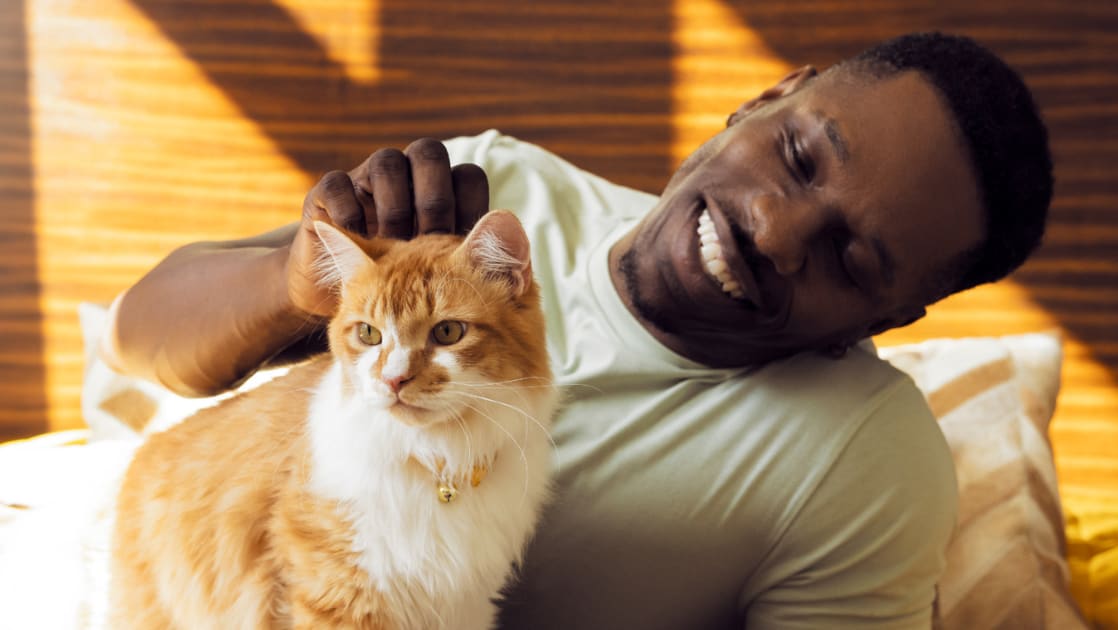
Traits: You’re playful, energetic, and always looking for ways to have fun with your pet. You love exploring new activities together, but you might struggle with consistency or miss subtle signs of stress in your pet when things get too exciting.
Pet Communication Style: You bring joy to your pet’s life, but sometimes they need more stability and quiet moments.
Tip: Animal communication can help you notice when your pet needs downtime and encourage balance between play and rest.

Traits: You’re assertive, protective, and unafraid to stand up for your pet’s needs. You take charge in ensuring they’re safe and happy. However, your strong-willed approach may sometimes come off as overbearing to more sensitive pets.
Pet Communication Style: Your pet feels safe and defended, but they may need gentler communication at times.
Tip: Animal communication can help you soften your approach and foster a deeper emotional connection with your pet.
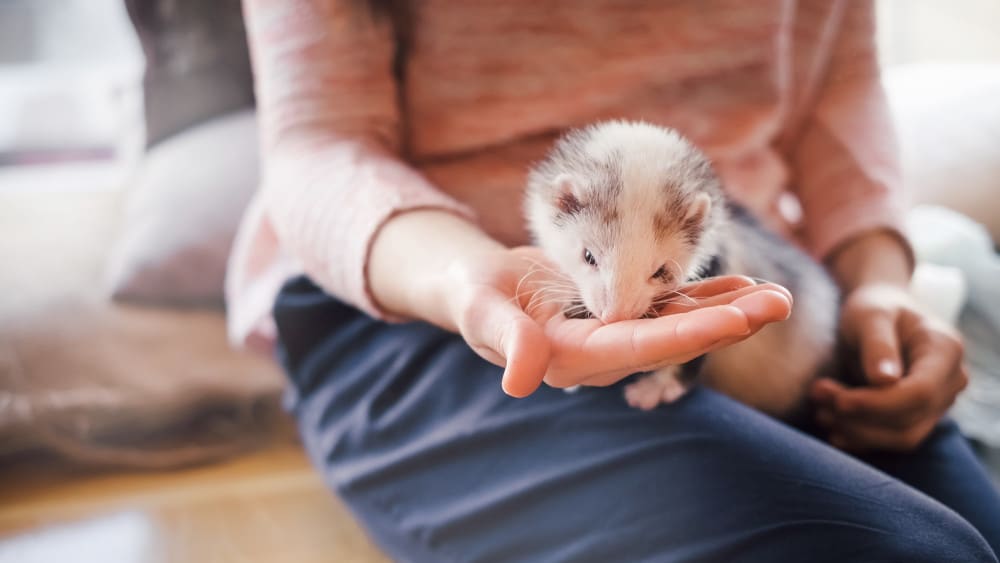
Traits: You’re calm, patient, and easygoing. You want your pet to feel at peace and try to avoid conflict in your interactions. However, sometimes your desire for peace can mean avoiding addressing deeper emotional issues.
Pet Communication Style: Your pet appreciates your soothing presence, but they may need you to confront underlying issues to maintain balance.
Tip: Animal communication can help you dive deeper into your pet’s emotions without fear of conflict, promoting long-term harmony.
